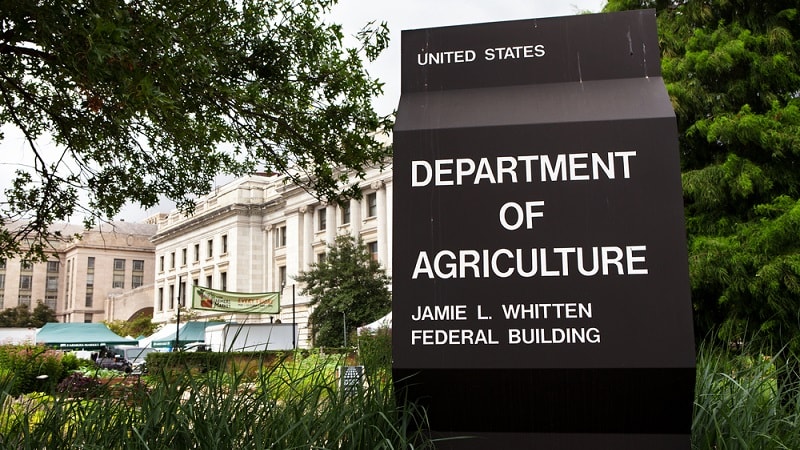
The Department of Agriculture (USDA) has taken implementation of FITARA (Federal Information Technology Acquisition Reform Act) to heart, making it part of performance plans, department policy, and gaining visibility across its IT environment, USDA officials explained July 31 at an ACT-IAC event.
The agency started with ACT-IAC’s IT Management Maturity Model, which it adapted to create its own model for FITARA implementation. Within its own model, USDA has three main areas of impact, with 14 metrics in total.

“The model is traceable back to the guidance from [the Office of Management and Budget], which is traceable back to the law,” explained Flip Anderson, director of FITARA operations at USDA.
USDA also had to adjust FITARA’s implementation guidance to fit the nuances of its organizational structure, and clearly communicate that among the agency’s C-suite.
“One of the first things I did was meet with each one of the CXOs … and the first thing I needed to do was make sure we were all on the same sheet of music, and that everybody understood what their roles and responsibilities were. Sometimes there was a requirement to deconflict roles and responsibilities,” Anderson said.
Under the model, agency components complete a self-assessment questionnaire that mirrors ACT-IAC’s model, and the CIO’s office validates those self-assessments. The team then sets plans of action and milestones for areas where maturity needs to improve, and continues to monitor their IT management maturity. The policy was even enshrined into department policy, with USDA establishing a departmental regulation on the model.
With the model fully in place, USDA set the goal for each component agency to reach the highest maturity level, Level 3, by the end of 2019. Offering further incentive, each assistant CIO in charge of a component agency has maturity level goals included in their performance plan.
At the component level, IT leaders are taking the department’s guidance to heart.
“We were able to identify those areas for improvement, and we were actually able to identify some of those initiatives … so guess who got level 3,” said Dorothy Albright, a member of the Forest Service’s IT team. “We came up with a leadership team, and we came up with a new goal of doing our own assessment and collecting our own artifacts,” she added.
Albright noted that the Forest Service just barely hit its maturity level goal in 2017, but is well on pace to reach its goal for 2019. Officials also noted that the Forest Service now has a repository of over 175 artifacts, and is prepared for any potential audits. The component expects to see cost savings of $1 million due to the discovery and reduction of shadow IT, and has increased its cybersecurity in the process by requiring authorities to operate for all software.
“We’re making progress on the FITARA Scorecard, and as a result we’re putting a lot of emphasis not just on the reporting, but the actual implementation and execution of FITARA. We’ve realized a lot of efficiencies and cost savings,” said Gary Washington, CIO at USDA.
